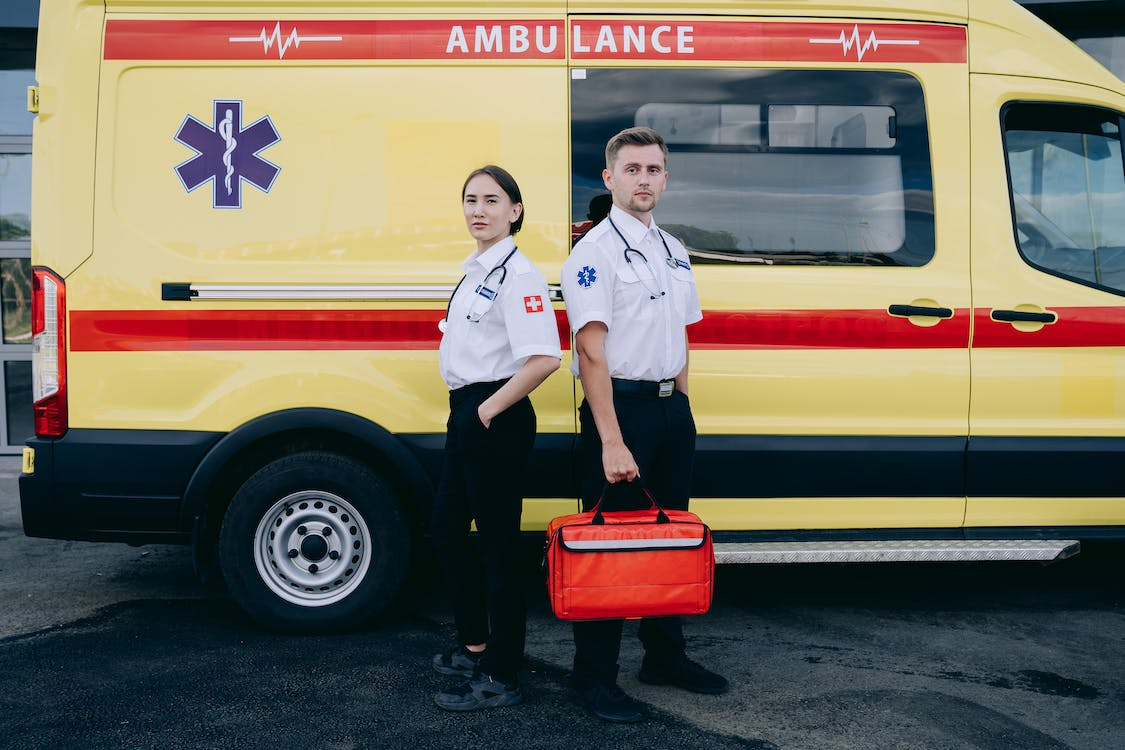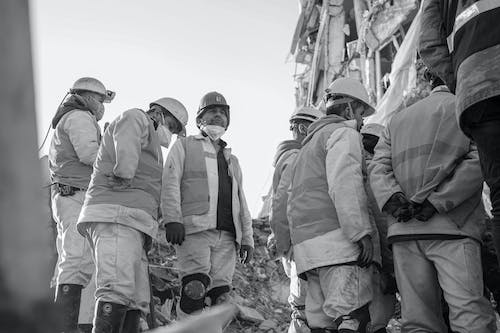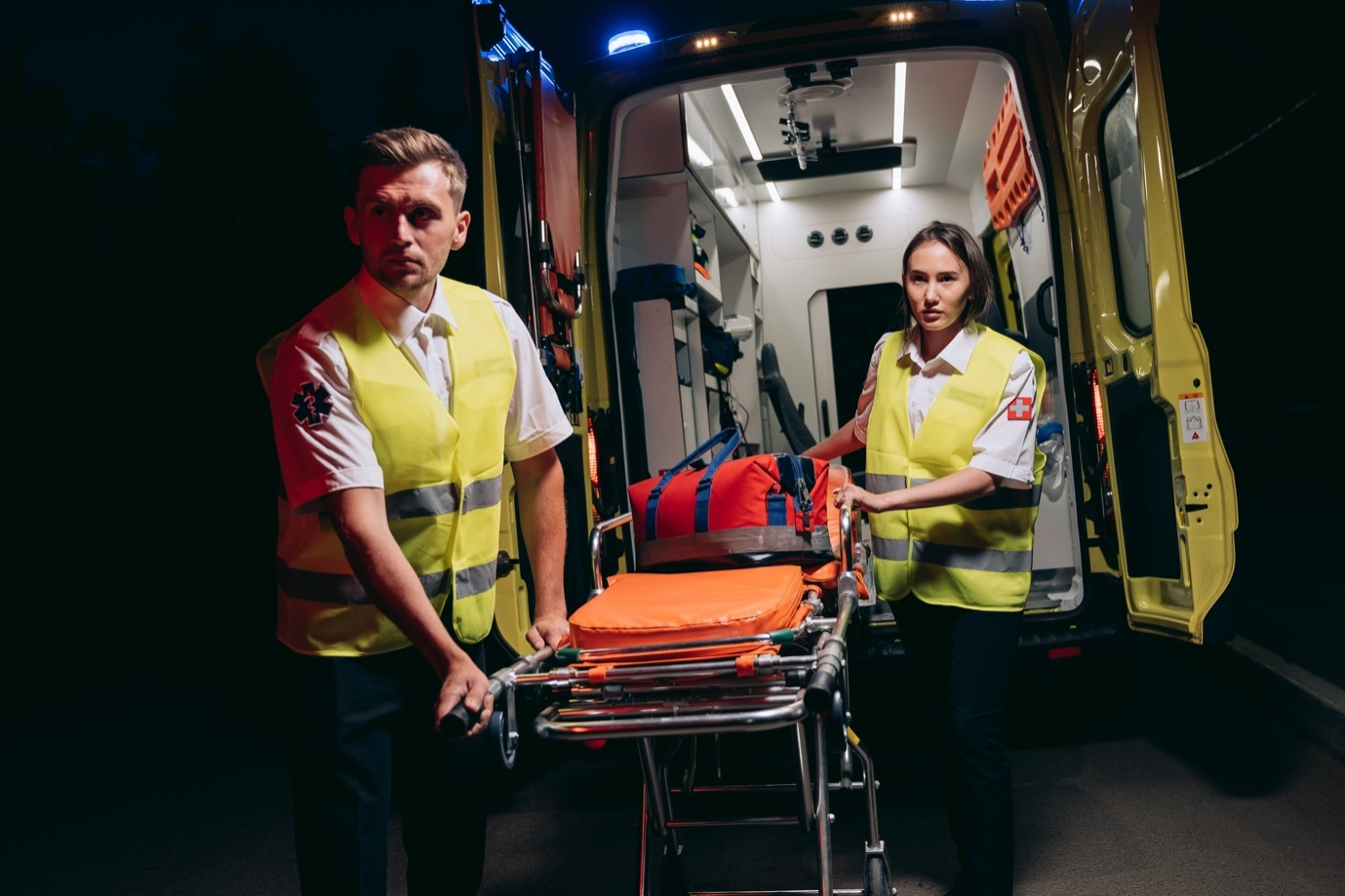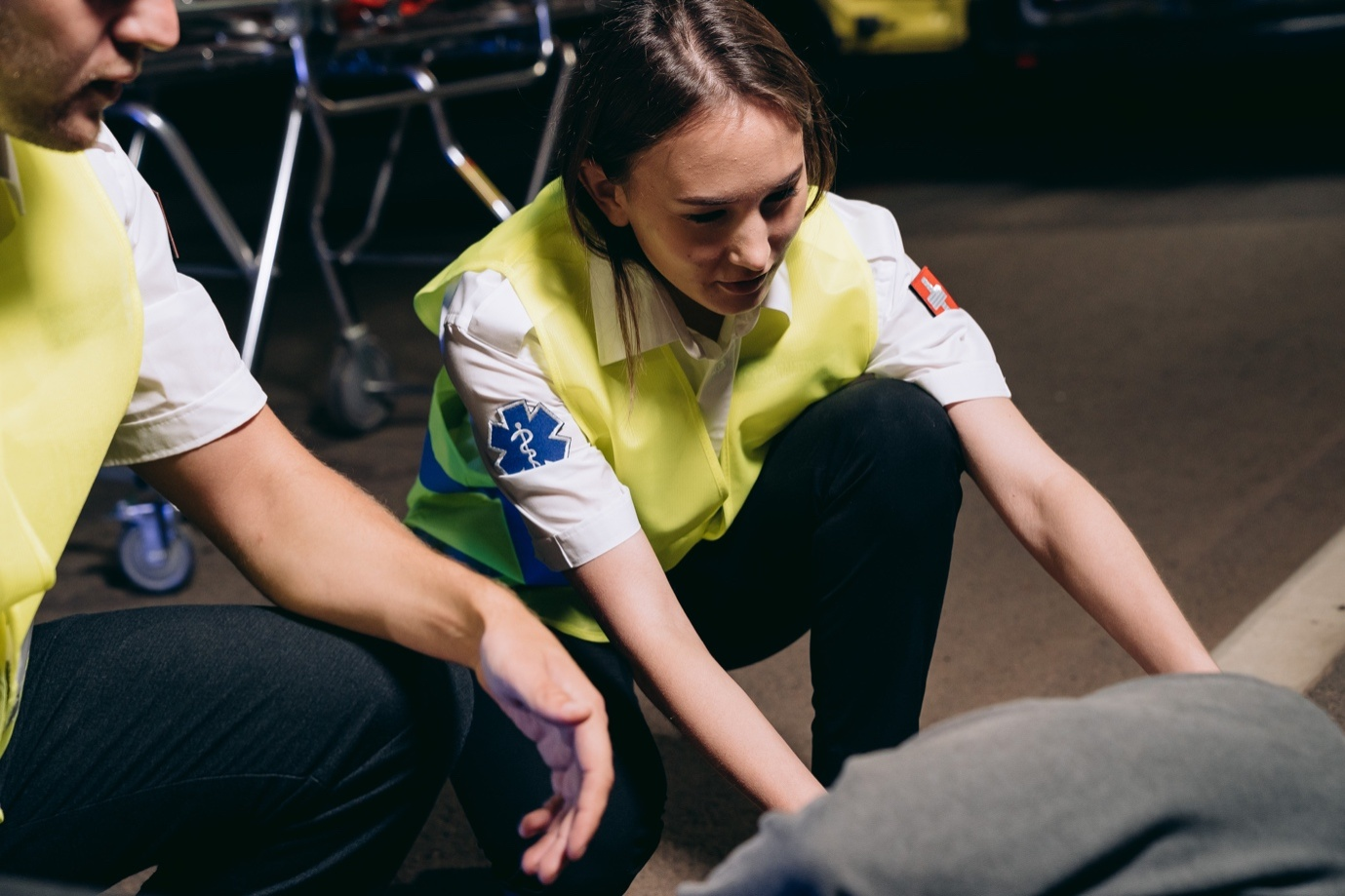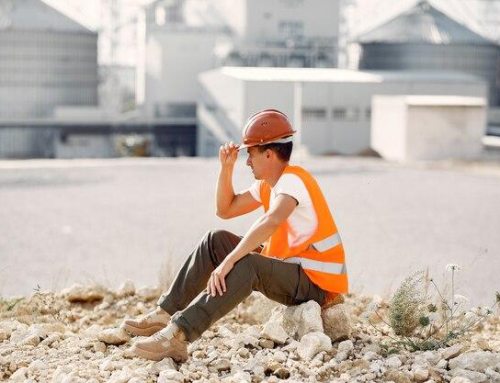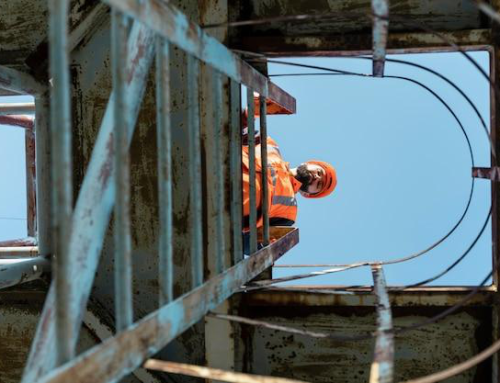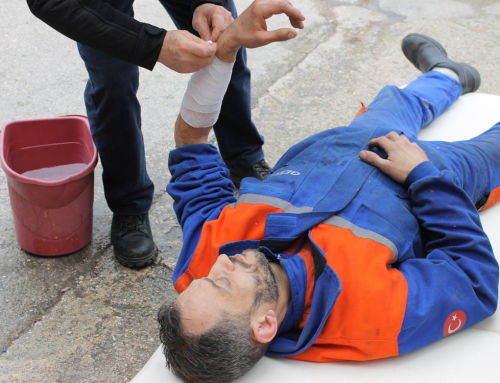In workplace safety, few situations are as challenging and potentially life-threatening as rescues in confined spaces.
The very nature of these spaces, with their limited entry points and often hazardous environments, demands meticulous planning, expert knowledge, and unwavering teamwork.
This blog will discuss the critical aspects of rescuing individuals from confined spaces. We’ll explore the essential equipment, teamwork dynamics, and confined space training programs that form the backbone of swift and effective rescue operations.
Understanding the Complexity of Confined Space Rescues
Confined space rescues are a multifaceted challenge that demands a deep understanding of the complexities involved.
These environments, often cramped, poorly ventilated, and laden with potential hazards, present a myriad of challenges for rescuers. To ensure the safety of both the victim and the rescue team, a deep comprehension of these complexities is essential.
Let’s delve into the details, shedding light on the factors that make confined space rescues among the most challenging operations in the realm of workplace safety.
Limited Entry and Exit Points
Confined spaces are, by definition, restrictive in terms of space. They typically feature narrow or limited entry and exit points, complicating the movement of both the victim and the rescue team.
Maneuvering within these confined areas requires careful planning and specialized techniques, making certain that rescuers can reach the victim and extricate them efficiently.
Poor Ventilation and Air Quality
Stagnant air and poor ventilation are common characteristics of confined spaces. Limited airflow can result in the accumulation of hazardous gases or lack of oxygen, creating an immediate threat to anyone inside.
Rescuers must be equipped with gas detectors to assess air quality accurately. Proper ventilation strategies are crucial to ensuring a safe atmosphere for both the victim and the rescue team.
Potential for Engulfment
Many confined spaces, particularly those in industrial settings, are susceptible to substances like sand, grains, or liquids. The potential for engulfment, where a person can be rapidly trapped and covered by flowing substances, adds a significant layer of danger. Prevention and awareness are key, with effective barricading, warning signs, and constant communication serving as crucial preventive measures.
Presence of Hazardous Substances
Confined spaces often house hazardous substances such as chemicals, gases, or biological agents. Exposure to these substances can lead to immediate health issues or long-term complications.
Rescuers must be aware of the specific substances present and take appropriate precautions. Protective gear, such as respirators and hazmat suits, is vital to make sure of the safety of the people awaiting rescue as well as the rescue team.
Limited Visibility and Communication
Confined spaces are notorious for their limited visibility. Darkness, smoke, or complex structures can severely hamper visibility within these spaces. Effective communication is also challenging due to the confined environment and potential noise. Rescuers must rely on specialized communication devices and training in non-verbal signals to maintain effective communication, enabling seamless coordination between team members.
Specialized Equipment: The Lifeline of Confined Space Rescues
Specialized equipment is the linchpin of confined space rescues. Harnesses, tripods, gas detectors, communication devices, and personal protective equipment are vital components of any rescue operation.
Harnesses provide secure attachment points, making certain of the safety of both rescuers and victims during hoisting. Tripods serve as stable anchors, allowing for controlled descents or ascents. Gas detectors are essential for monitoring air quality and alerting rescuers to potentially harmful atmospheres. Effective communication devices help in facilitating collaboration between team members, both inside and outside the confined space.
Teamwork: The Heartbeat of Confined Space Rescues
Confined space rescues are not solo endeavors; instead, they are quintessential team efforts. Every team member plays a crucial role, and seamless coordination is paramount. Each role is interconnected, from the individual inside the confined space assessing the victim’s condition to the safety officer monitoring gas levels.
Effective communication, trust, and mutual understanding are the pillars of successful teamwork. Regular drills and simulations enhance these dynamics, ensuring that the team acts as a cohesive unit when a real emergency occurs.
Emergency Response Protocols: The Blueprint for Success
Having well-defined emergency response protocols is non-negotiable. These protocols outline the steps to be taken in case of a confined space emergency. Immediate actions include alerting emergency services, isolating the confined space, and initiating the rescue process. Protocols also encompass risk assessments, equipment checks, and communication procedures. Regular training drills reinforce these protocols, guaranteeing that every team member is well-versed in executing them under pressure.
Scenario-Based Training: Bridging Theory and Practice
Scenario-based training is the bridge between theoretical knowledge and practical application. Simulated confined space training emergencies allow rescuers to apply their skills in realistic situations.
These simulations replicate the challenges of real emergencies, providing invaluable hands-on experience. Workers learn to adapt, make decisions under pressure, and refine their techniques. Scenario-based training hones their abilities, enhancing their confidence and effectiveness during actual rescue operations.
Elevating Confined Space Rescue Preparedness
Rescues in confined spaces demand a combination of expertise, precision, and teamwork. Through rigorous training, a deep understanding of confined space complexities, and adherence to established protocols, rescuers are empowered to navigate these challenges confidently.
Metro Safety Training, based out of Coquitlam, is your partner for emergency preparedness and confined space work. For the last 15 years, we have facilitated numerous businesses and individuals seeking to enhance their workplace safety standards across a diverse range of industries.
Reach out to us today if you’re looking to equip your team with workplace safety skills through our diverse training programs. We provide confined space training online and on-site, fall protection training, and fall protection inspection training.
We also offer CPR training, emergency first-aid training, forklift operator training, and industrial traffic controller training. We believe that companies that are compliant are the companies that are rising as leaders in their sectors.
So, join hands with us and improve workplace safety for yourself and others around you!
For more information about our confined space rescue training and other safety programs, please visit Metro Safety Training.


